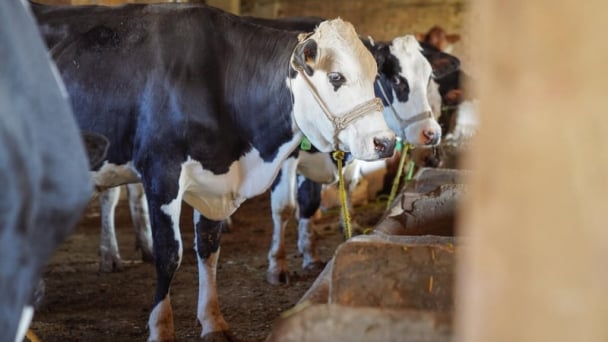May 24, 2025 | 04:55 GMT +7
May 24, 2025 | 04:55 GMT +7
Hotline: 0913.378.918
May 24, 2025 | 04:55 GMT +7
Hotline: 0913.378.918
The national "yellow alert", issued late on Thursday (Aug 18), comes after regions from Sichuan in the southwest to Shanghai in the Yangtze delta have experienced weeks of extreme heat, with government officials repeatedly citing global climate change as the cause. The alert is two notches short of the most serious warning on Beijing's scale.
In one of the Yangtze's important flood basins in central China's Jiangxi province, the Poyang Lake has now shrunk to a quarter of its normal size for this time of year, state news agency Xinhua said on Thursday.
As many as 66 rivers across 34 counties in the southwestern region of Chongqing have dried up, state broadcaster CCTV said on Friday.
Rainfall in Chongqing this year is down 60 per cent compared to the seasonal norm, and the soil in several districts is severely short of moisture, CCTV said, citing local government data.
The district of Beibei, north of Chongqing's urban centre, saw temperatures hit 45 degrees Celsius on Thursday, according to China's weather bureau.
Chongqing accounted for six of the 10 hottest locations in the country on Friday morning, with temperatures in the district of Bishan already approaching 39 degrees Celsius. Shanghai was already at 37 degrees Celsius.
The Chongqing region's infrastructure and emergency services have come under increasing strain, with firefighters on high alert as mountain and forest blazes erupted across the region. State media also reported an increase in cases of heatstroke.
The gas utility in the district of Fuling also told customers on Friday that they would cut off supplies until further notice as they deal with "serious safety hazards".
The Chongqing agricultural bureau has also set up expert teams to protect vulnerable crops and expand planting to compensate for losses ahead of the autumn harvest.
The water resources ministry has instructed drought-hit agricultural regions to draw up rotas determining who can access supplies at any particular time, to ensure they do not run out.
According to data from China's emergency ministry late on Thursday, high temperatures in July alone caused direct economic losses of 2.73 billion yuan (US$400 million), affecting 5.5 million people.
Meanwhile China's National Meteorological Center (NMC) renewed its high-temperature red alert on Friday, the 30th consecutive day it has issued alerts, it said on its Weibo channel.
State forecasters also predicted that the current heatwave would only start to abate on Aug 26.
The weather agency said in its daily bulletin that 4.5 million sq km of national territory had now experienced temperatures of 35 degrees Celsius or more over the past month - nearly half the country's total area - with more than 200 weather stations recording record highs.
China's water ministry warned that severe drought conditions in the upper and middle reaches of the Yangtze river could last well into September as local governments race to find new supply sources and irrigate crops ahead of the autumn harvest.
A severe heatwave across the basin of China's longest river, caused by a larger than usual Western Pacific subtropical high, has now lasted more than two months, slashing hydropower supplies and drying out large expanses of arable land.
(Reuters)

(VAN) Alt Carbon has raised $12 million in a seed round as it plans to scale its carbon dioxide removal work in the South Asian nation.

(VAN) Attempts to bring down the price of the Japanese staple have had little effect amid a cost-of-living crisis.

(VAN) Fourth most important food crop in peril as Latin America and Caribbean suffer from slow-onset climate disaster.

(VAN) Shifting market dynamics and the noise around new legislation has propelled Trouw Nutrition’s research around early life nutrition in poultry. Today, it continues to be a key area of research.

(VAN) India is concerned about its food security and the livelihoods of its farmers if more US food imports are allowed.

(VAN) FAO's Director-General emphasises the need to work together to transform agrifood systems.

(VAN) Europe is facing its worst outbreak of foot-and-mouth since the start of the century.